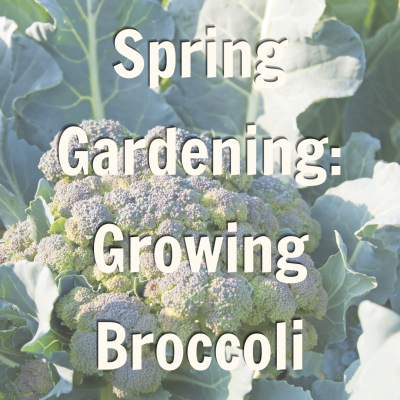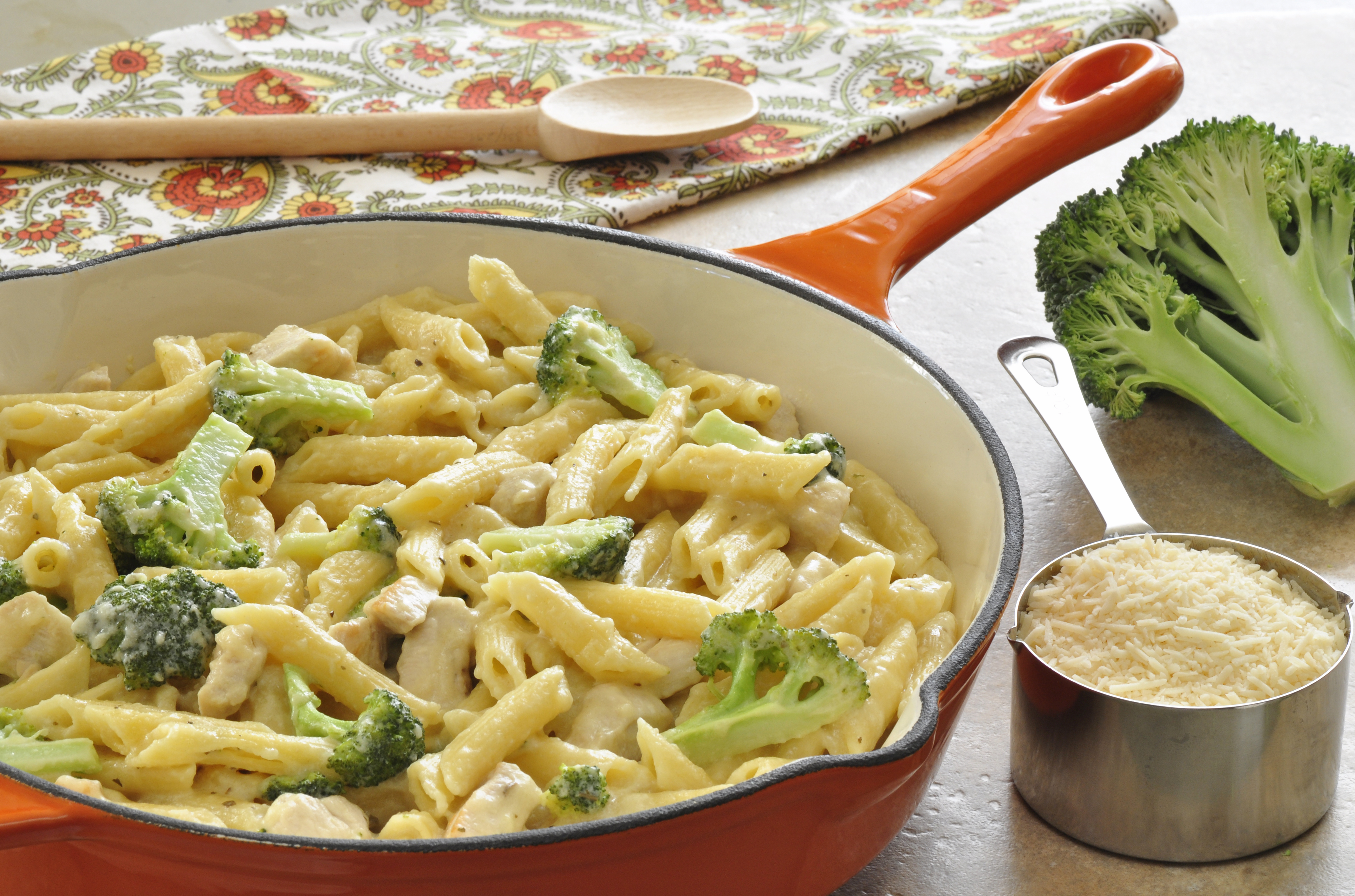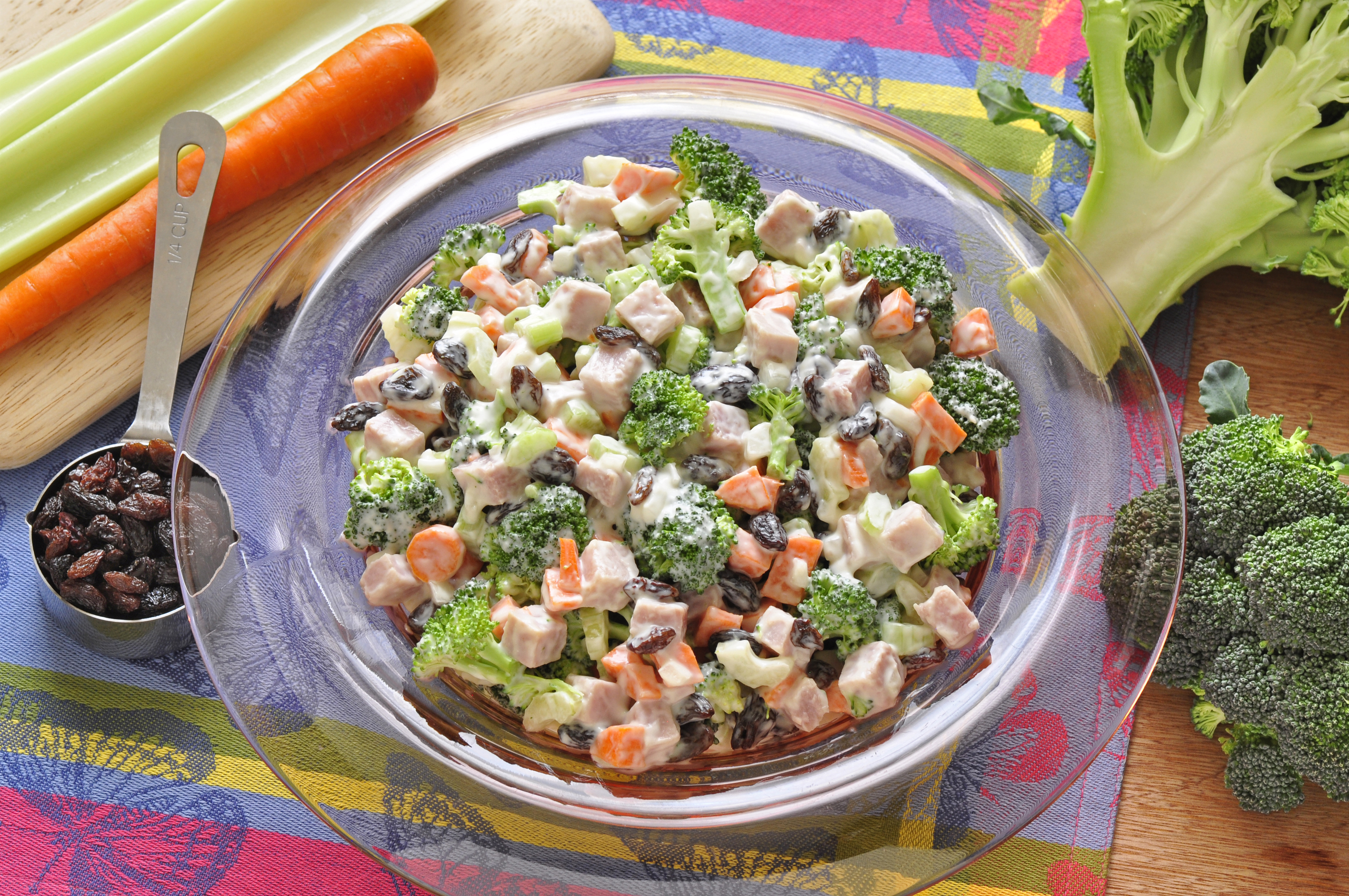
You may have heard the saying: “April showers bring May flowers.” Our garden coordinator for the Food Hero test garden at Philomath Elementary, Tyler, thinks it is spot on:
April is such an exciting month for gardening! There is still a lot of rain, so starting seeds outside can be easier. We are going to plant broccoli, carrots, chard, cilantro, lettuce and spinach seeds. We have our tomatoes and peppers started inside the classroom. It is also a great time to plant flower seeds for pollinators. We planted alyssum, wildflower mixes, zinnias, nasturtium, marigolds and California poppies. It is still too cold for our favorite sunflowers, but we will start those indoors soon.
If you want to learn more about what to grow and what you can do in the garden in April, head on over to our garden calendar.
Growing Broccoli: The Basics
Tyler is gearing up the test garden for broccoli planting. When should you start growing your own broccoli? That depends on where you live. To find the Oregon gardening calendar for broccoli, check out this gardening tip sheet. Here are some helpful tips to remember when growing your own broccoli:
• Start seeds indoors about 6 weeks before planting time, or buy starts and plant them directly in your garden. Plant broccoli starts about 12 to 24 inches apart. Use the link above to figure out when it's time to plant outdoors in your area of Oregon.
• Pick a sunny spot with good soil that drains well.
• Keep the soil moist.
• Once the plant is about 4 inches tall, add a balanced fertilizer every 3 to 4 weeks. A balanced fertilizer is one that has three numbers on its label which are the same (ex. 4-4-4 or 10-10-10). Then follow the directions on the package. You can always ask the nursery or ask a Master Gardener for more instruction or information!
• Hot temperatures (above 80 degrees F) cause broccoli plants to send up flowering stalks. This is known as bolting. Once broccoli bolts, it can taste bitter and may not be as tasty for eating.
• If you are growing in containers, make sure to choose small, compact types of broccoli like Small Miracle or Green Comet. Also make sure to use at least a 5-gallon container with holes in the bottom to allow for drainage.
When and How to Harvest
Broccoli prefers cool weather, so it’s best to harvest in spring or fall. When it’s a useable size, cut the stem just below the head. The buds should be small and tightly closed. Some varieties will produce side shoots of smaller broccoli heads that you can eat too. These should be cut regularly, and harvesting may continue for a few more weeks. Refrigerate broccoli after harvesting and it’ll stay good for about 10 to 14 days.
From the Garden to the Table: Tasty Broccoli Recipes
After harvesting broccoli, it’s time for the best part—eating it! There are so many ways to enjoy broccoli. You can serve it raw in a salad or as part of a veggie tray served with hummus or a low-fat creamy dip. Try grating the stalk and using it in a broccoli slaw. Toss broccoli with oil and roast it at 400 to 450 degrees F for an easy veggie side dish. Broccoli can also be steamed, boiled or microwaved!
Here are some tasty recipes to try with broccoli:

• Brocco Poppers – yummy mix of broccoli, breadcrumbs, shredded cheese and more! A fun snack or appetizer.

• One-Pan Chicken Alfredo – pasta, creamy cheese sauce, broccoli and chicken all in one pan.

• Broccoli and Everything Salad – chopped broccoli, other veggies and your choice of protein served with a creamy dressing. There is even a recipe video if you want to follow along.
To learn more about broccoli, read our Food Hero Monthly on broccoli.
Get Kids in the Kitchen
Want to get kids interested in healthy foods? Here are some kid-friendly resources on broccoli:
• Watch our Food Hero Featured Food video lesson together to learn all about broccoli.
• Let kids color our broccoli coloring sheet.
• Watch cooking videos together that feature broccoli.
Happy gardening!




